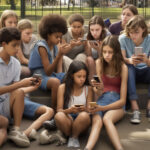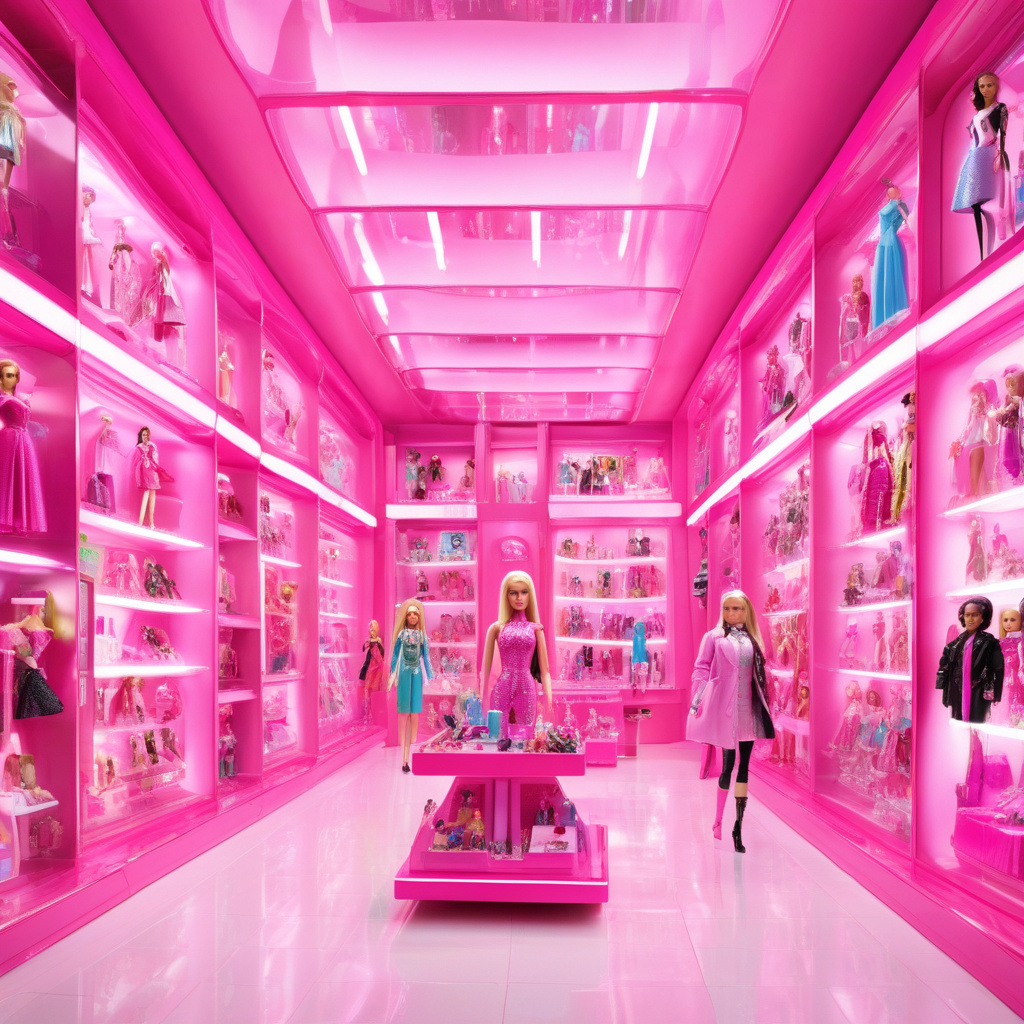When Barbie Meets Matrix: Mattel Taps OpenAI for Smart AI-Powered Toys
First, it was the box office success of Barbie, which slingshot Mattel into Hollywood glory, proving that the iconic doll was not just a toy but a cultural phenomenon. Now, Mattel is taking another leap into the future by partnering with OpenAI to develop smart AI-powered toys that will revolutionize the way children play and learn.
This collaboration between Mattel, the toy giant behind Barbie and Hot Wheels, and OpenAI, the renowned artificial intelligence research lab, marks a significant milestone in the toy industry. By integrating OpenAI’s cutting-edge technology into its products, Mattel aims to create interactive and personalized experiences that go beyond traditional toys’ limitations.
Imagine a Barbie doll that can hold a conversation, answer questions, and even tell stories tailored to a child’s interests. Or picture a Hot Wheels track that can adapt its layout based on a player’s skill level, providing a challenging yet enjoyable racing experience. These are just a few possibilities that AI-powered toys can offer, thanks to Mattel’s partnership with OpenAI.
But why is this collaboration between a toy company and an AI research lab so groundbreaking? The answer lies in the potential to combine entertainment with education seamlessly. By leveraging AI algorithms, Mattel can develop toys that not only entertain children but also stimulate their cognitive abilities, creativity, and problem-solving skills.
For example, an AI-powered Barbie doll could help children learn new languages by engaging them in interactive conversations. By analyzing a child’s responses and adjusting its dialogue accordingly, the doll can provide a personalized language learning experience that is both effective and fun. Similarly, an AI-enhanced Hot Wheels set could teach children about physics concepts such as velocity, acceleration, and momentum through hands-on play.
Moreover, AI-powered toys have the potential to foster inclusivity and diversity by offering personalized experiences that cater to children of different ages, interests, and learning styles. For instance, a child with autism may benefit from an AI-powered toy that can adapt its interactions to suit the child’s sensory preferences and communication needs, promoting emotional development and social skills.
In a world where technology is becoming increasingly integrated into every aspect of our lives, including playtime, Mattel’s collaboration with OpenAI signals a new era of smart toys that are not just entertaining but also enriching. By harnessing the power of artificial intelligence, Mattel is paving the way for a future where toys can become interactive companions that inspire learning, creativity, and curiosity in children.
As Mattel taps into OpenAI’s expertise to develop smart AI-powered toys, the possibilities for innovation in the toy industry are endless. From interactive storytelling to adaptive learning experiences, the marriage of Barbie with Matrix-like intelligence is set to redefine playtime for the next generation of children, making learning more engaging and immersive than ever before.
In conclusion, the partnership between Mattel and OpenAI represents a bold step towards creating a new category of toys that combine the magic of traditional playthings with the intelligence of AI technology. As we look ahead to a future where smart toys are the norm rather than the exception, one thing is clear: the era of Barbie meeting the Matrix is just the beginning of a revolution in the toy industry.
#Mattel #OpenAI #AItoys #SmartToys #FutureOfPlay












